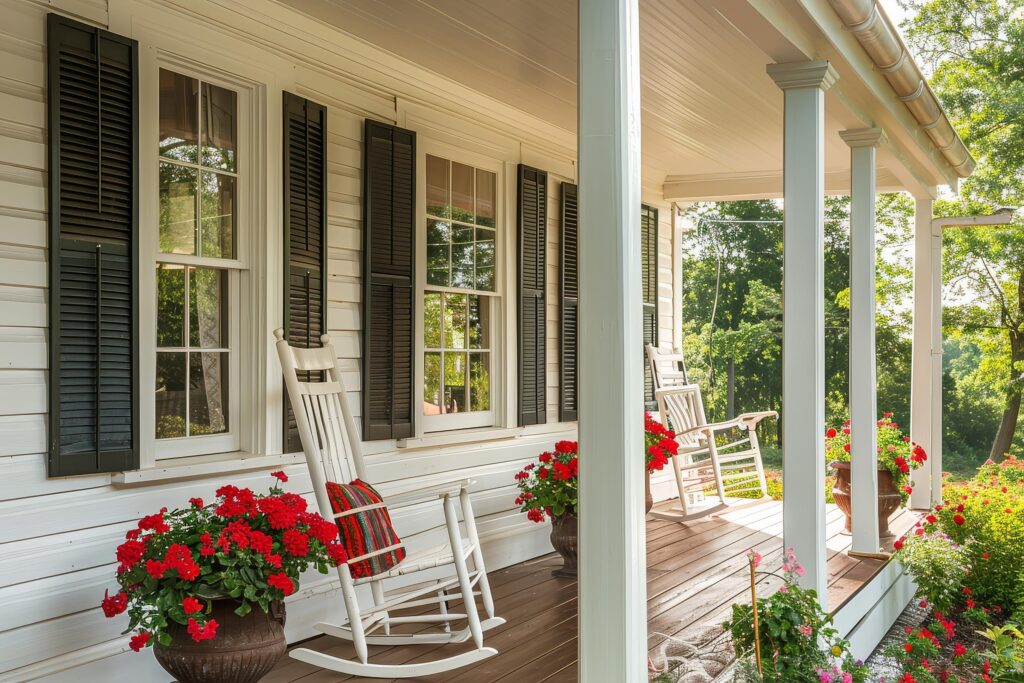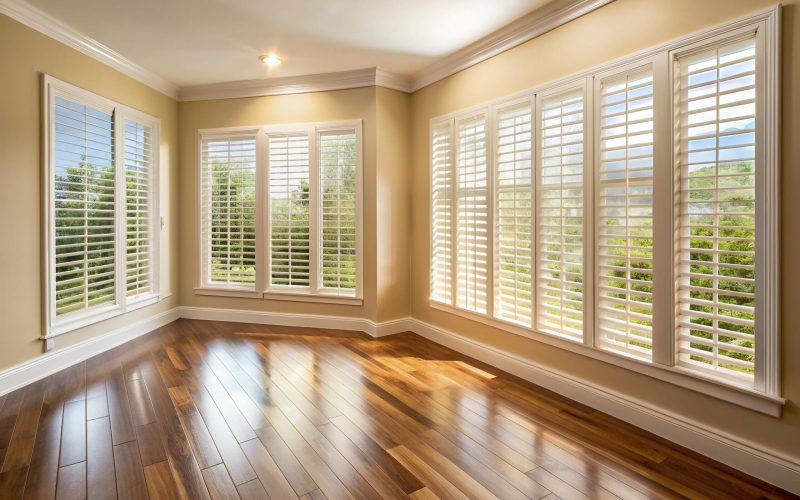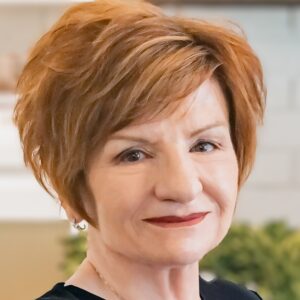When it comes to selecting shutters for your home, the decision can feel overwhelming. You want something that adds beauty to your space but also holds up over time and fits within your budget. Wood, vinyl, and composite are three of the most popular options available, each with their own benefits and drawbacks. So how do you know which is the best option for your home? Let’s break down the pros and cons of each material to help you decide which is the best shutter material for your home.
Why Shutters Matter
Shutters aren’t just an aesthetic addition to your home—they also serve functional purposes. They can provide privacy, control light, and even improve energy efficiency by insulating your windows. But the material you choose for your shutters can greatly affect how well they perform these functions, as well as how long they last and how much maintenance they require.
Wood Shutters: A Classic Look with Natural Beauty
Wood shutters have been a timeless choice for centuries, and it’s easy to see why. Their natural beauty and classic appearance can add a sense of elegance and warmth to any home.

Benefits of Wood Shutters:
- Aesthetic Appeal – Wood shutters are often seen as the most visually appealing because of their rich texture and natural grain. They can also be painted or stained in any color to match your interior or exterior design.
- Customizable – If you have unique window sizes or shapes, wood is highly customizable. You can work with a carpenter or manufacturer to create the perfect fit for your space.
- Durability – When properly maintained, wood shutters can last for decades. They are strong and able to withstand normal wear and tear better than many other materials.
Drawbacks of Wood Shutters:
- Cost – One of the biggest drawbacks of wood shutters is their cost. They tend to be more expensive than vinyl or composite options, especially for larger windows or custom designs.
- Maintenance – Wood requires regular upkeep, including periodic painting or staining to prevent warping, cracking, or fading from sun exposure.
- Vulnerability to Moisture – Wood is not the best choice for high-humidity areas like bathrooms or kitchens. It can absorb moisture, leading to warping, rot, or mold over time.
Vinyl Shutters: Low-Maintenance and Budget-Friendly
Vinyl shutters are a popular choice for homeowners looking for an affordable and low-maintenance option. Made from a type of durable plastic, vinyl shutters have come a long way in recent years in terms of quality and appearance.

Benefits of Vinyl Shutters:
- Affordable – Vinyl shutters are usually the most cost-effective option. They’re an excellent choice for homeowners on a budget who still want the look of shutters without the high price tag.
- Low Maintenance – Unlike wood, vinyl requires little to no maintenance. You won’t need to worry about repainting or refinishing, and they are highly resistant to fading, cracking, or warping.
- Moisture Resistant – Vinyl is naturally resistant to moisture, making it a great option for humid environments like kitchens, bathrooms, or coastal areas.
Drawbacks of Vinyl Shutters:
- Limited Color Options – Vinyl shutters don’t offer the same customization as wood. They are often pre-manufactured in a limited range of colors, and while you can paint them, the finish might not be as smooth or durable as it would be with wood.
- Appearance – While vinyl shutters have improved in appearance, they may not have the same luxurious or high-end look that wood offers. The texture is often more uniform and lacks the natural variation found in wood.
- Not as Durable in Extreme Weather – Vinyl can become brittle in extremely cold weather, which could lead to cracking or damage over time.
Composite Shutters: The Best of Both Worlds?
Composite shutters, often made from engineered wood or a blend of wood and synthetic materials, offer a middle ground between wood and vinyl. They combine the beauty of wood with the durability and low maintenance of vinyl.
Benefits of Composite Shutters:
- Durability – Composite shutters are incredibly durable and designed to withstand wear and tear. They won’t crack, warp, or fade easily and are highly resistant to moisture and humidity.
- Low Maintenance – Like vinyl, composite shutters are easy to care for and don’t require much upkeep. They’re an excellent choice for homeowners who want the look of wood without regular maintenance.
- Affordable Luxury – Composite shutters are more affordable than solid wood but still offer a similar aesthetic. You can achieve the classic look of wood without breaking the bank.
Drawbacks of Composite Shutters:
- Less Customizable – Composite shutters don’t offer the same level of customization as wood. While they come in a variety of colors and finishes, you won’t have as many options if you need a truly custom fit or design.
- Heavier than Vinyl – Composite shutters are generally heavier than vinyl, which could be an issue for larger windows. You’ll need to ensure they’re properly installed to avoid any sagging over time.
- Slightly More Expensive than Vinyl – While more affordable than wood, composite shutters can still be pricier than vinyl, which may be a consideration for homeowners on a tight budget.
Which Shutter Material is Right for You?
Choosing the right material for your shutters depends on your priorities. If you love the traditional look and don’t mind investing in long-term maintenance, wood shutters could be the perfect choice for you. If you’re looking for something more budget-friendly and low-maintenance, vinyl shutters may fit the bill. For those who want a balance of beauty and durability, composite shutters offer the best of both worlds.
Ultimately, the decision between wood, vinyl, and composite shutters comes down to what matters most to you—style, durability, maintenance, or cost. There’s no wrong choice, as all three materials have their strengths and can enhance the beauty and functionality of your home.
If you’re still unsure of which shutter material to choose, our team of experts at Ambiance Window Coverings are always here to help!

